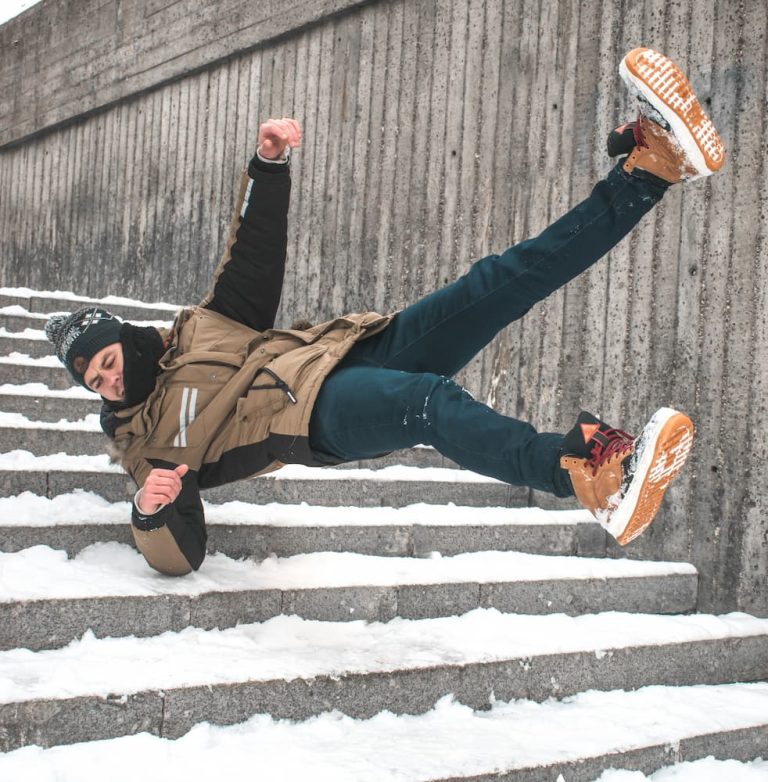 Summer is upon us, and nice weather hopefully means your kids are getting outside enjoying the sun and the fresh air. As such, they may be out enjoying and playing on a jungle gym or playground. Unfortunately, while this activity can be a fun time, children can be seriously injured while climbing and playing.
Summer is upon us, and nice weather hopefully means your kids are getting outside enjoying the sun and the fresh air. As such, they may be out enjoying and playing on a jungle gym or playground. Unfortunately, while this activity can be a fun time, children can be seriously injured while climbing and playing.
According to the National Safety Council and the U.S. Consumer Product Safety Commission, more than 200,000 children are taken to the emergency room each year because of playground injuries. Nearly 80 percent of playground injuries are caused by falls. These statistics may be a little frightening.
Common Playground Injuries
We all know that some kids are just accident prone, but it is important to be aware of what types of injuries kids are susceptible to while on a playground. The most common injuries are:
- Bruises and black eyes
- Cuts and scrapes
- Fractures
- Strains and sprains
- Concussions and other head injuries
- Strangulation/asphyxiation due to entanglement of clothing on playground equipment
So, how can you avoid some of these injuries?
Common Playground Hazards
The U.S. Consumer Product Safety Commission has indicated that the following are playground hazards that you should watch out for when you take your kids to a park or playground:
- Improper protective surfaces: Make sure areas where children could fall have protective surfaces. Fall surfaces should be made of wood chips, mulch, wood fibers, sand, pea gravel, or rubbers mats. The surfaces should also be at least 12 inches deep.
- Protrusion hazards: Check for hardware that is capable of cutting or piercing a kid or areas where strings or clothing could get caught.
- Head entrapment hazards: Check that there are no openings that measure between 3.5 and 9 inches.
- Trip hazards: Check for rocks, overgrown tree roots, or tree stumps.
- Age inappropriate activities
- Lack of supervision: Children under 4 shouldn’t play on climbing equipment or horizontal ladders.
- Lack of maintenance: Equipment should not be split or splintered.
- Sharp edges
- Platforms with no guardrails
- Equipment not recommended for public playgrounds: An example is monkey bars, as they contribute to a number of injuries and experts have recommended they be removed from all playgrounds.
Top Equipment Pieces Associated with Injuries
Children are more prone to injury on certain playground equipment. According to the National Program for Playground Safety (NPPS), the following four equipment pieces are associated with the most injuries:
- Climbers – 23%
- Swings – 22%
- Slides – 17%
- Overhead ladders – 9%
None of this information should hinder you from taking your children to the playground; it is merely here to remind you to be watchful and to take the necessary precautions with your children. Kids should be able to have fun and get the exercise they need, and playgrounds provide that avenue. For more information, you can check out the Public Playground Safety Handbook from the U.S. Consumer Product Safety Commission.
If you enjoyed this blog, you may also like the following:


